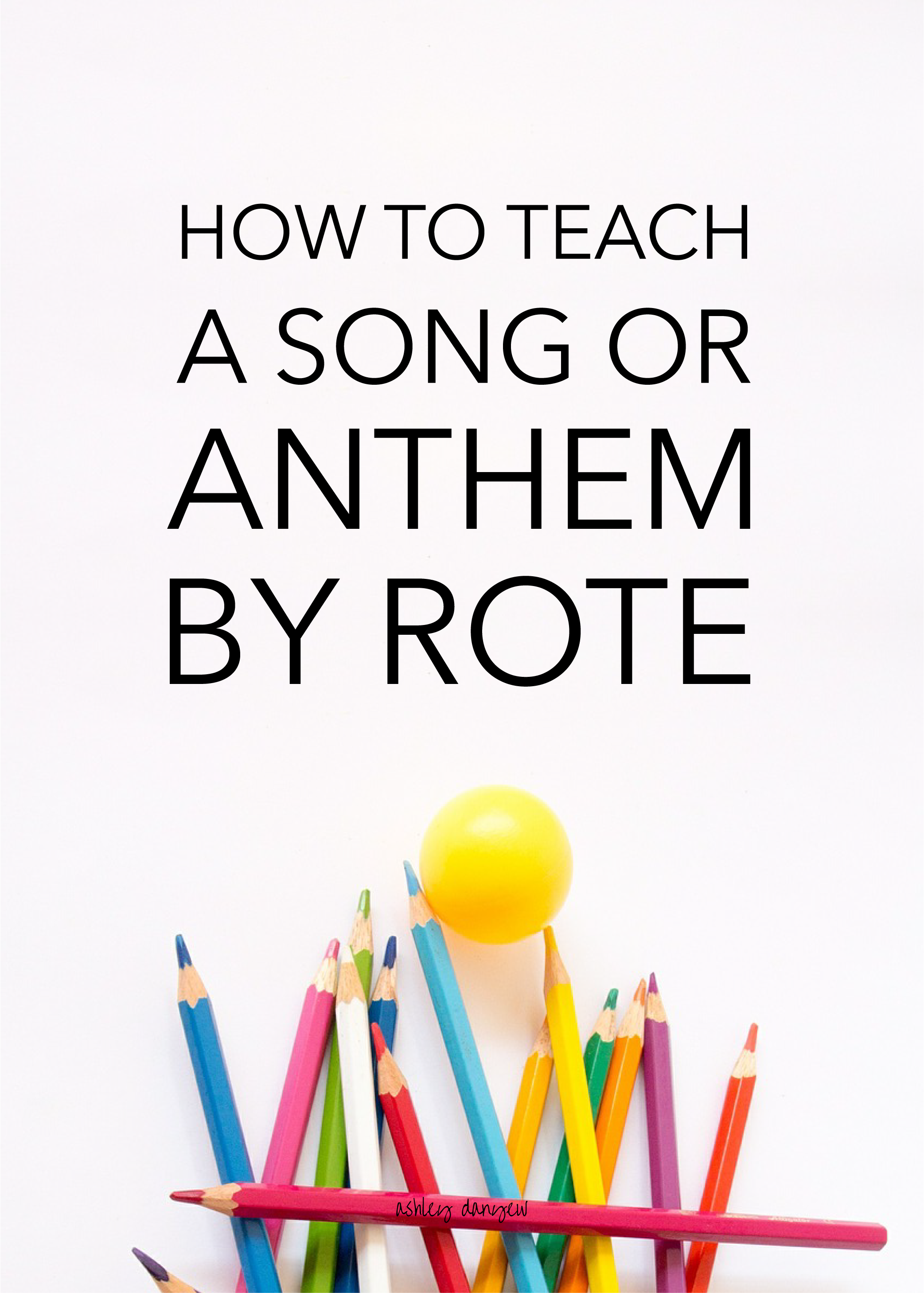![A New Online Course for Children's Choir Directors!]()
Do you find it challenging to find time to plan exciting, thoughtful, musical rehearsals for your children’s choir every week?
From finding relevant, good-quality resources to choosing age-appropriate songs and anthems to preparing, introducing, and properly sequencing new musical concepts and skills throughout the year, the job can seem overwhelming at times.
Where do you find music and materials? How do you develop musicianship in young singers? What makes a rehearsal fun and productive?
If you can relate to any of this, then this course is for you.
This course is designed for children's choir directors in church settings.
Whether you're a full-time staff member or a dedicated volunteer, whether you have a music degree or not, whether you lead a small group of six singers on Wednesday nights or oversee a large graded choir program, this course will equip you to lead, teach, and inspire your young singers and give you the practical skills and useful step-by-step processes you need to plan, direct, and teach on a weekly basis, and grow your choir ministry.

















